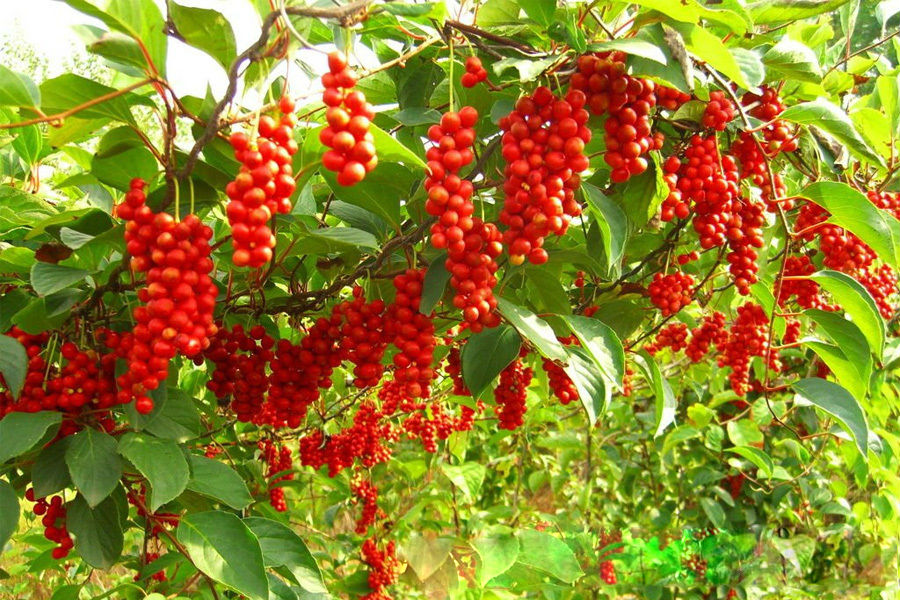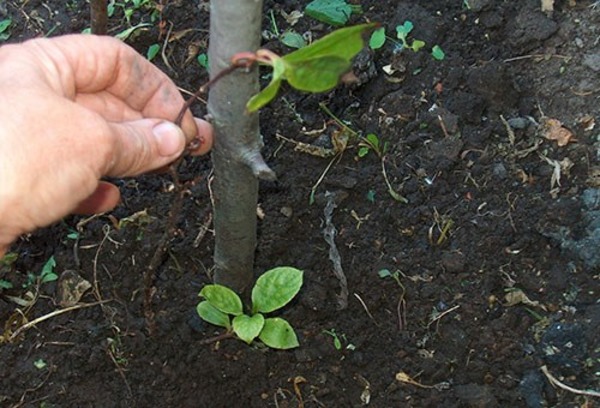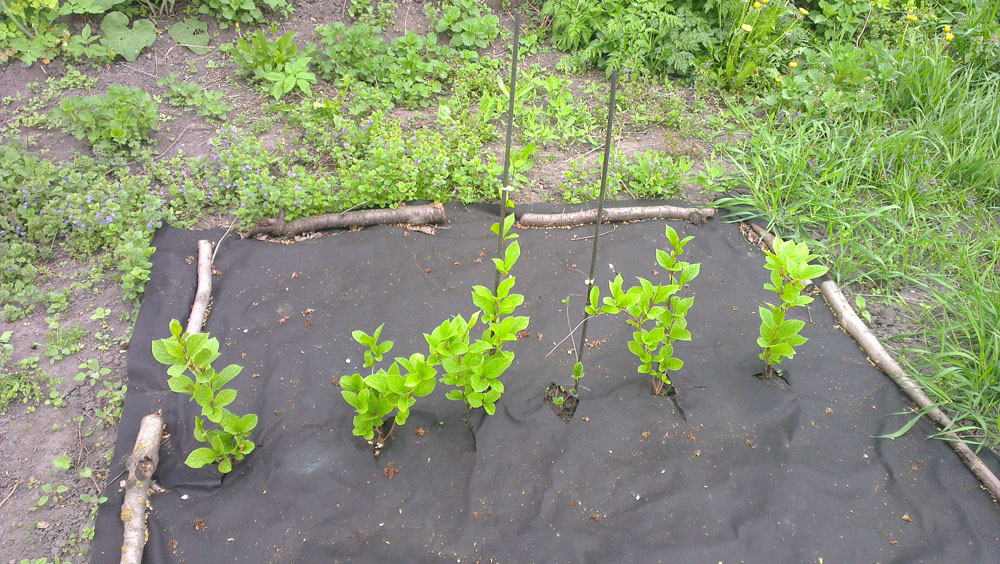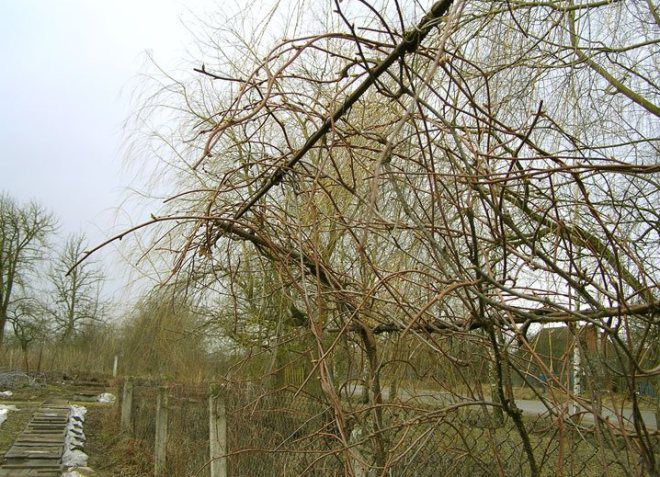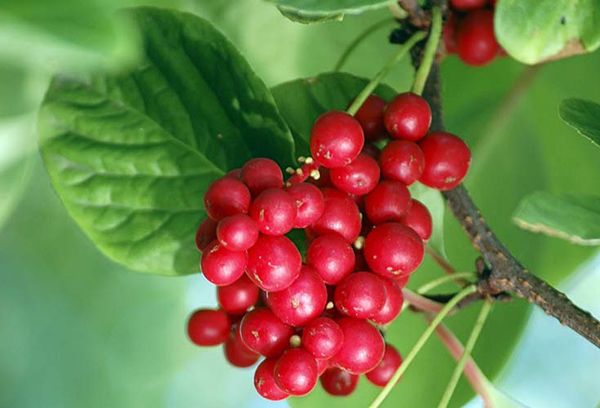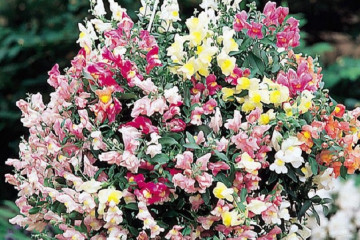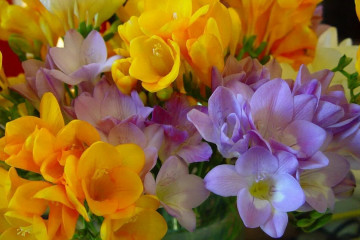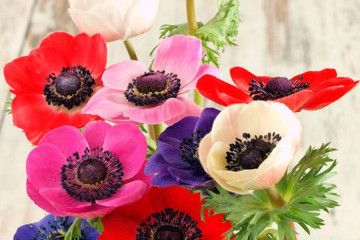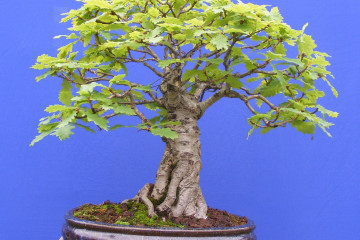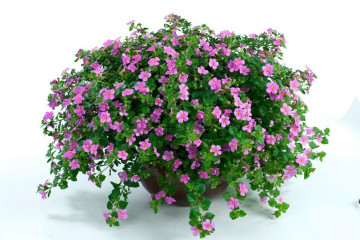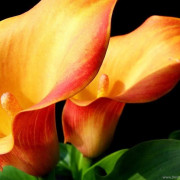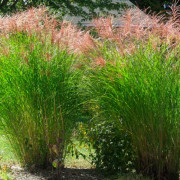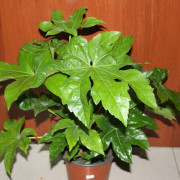Far Eastern lemongrass - cultivation and care
Content:
Far Eastern lemongrass is a special plant. It can rival ginseng in medicinal value, it is used in cooking, and it is also used for design purposes. In order to grow it, it does not require excessive effort, this plant will be a valuable acquisition for the gardener.
What does lemongrass look like
Far Eastern Schisandra is a liana with woody stems. Its leaves have a pleasant lemon scent. The stem can be up to 15 meters long. In a young plant, the bark has a yellowish tint. It turns brown as it grows. The root system looks like several cords, from which a large number of adventitious processes grow. The stem is wrinkled. At first glance, it gives the impression of being dry.
The flowers are white. The berries grow in bunches, like bunches of grapes, but they are smaller in size. When fully ripe, they become red and soft. The harvest ripens in September. When harvested, the lemongrass vine breaks off in bunches. The remaining stems and twigs from the brushes can be used to make tea. Usually, a particularly large harvest ripens once every 2-3 years, then the plant rests for a while.
This plant grows naturally in the Amur Region, Sakhalin and the Khabarovsk Territory. However, you can grow a lemongrass houseplant.
Common varieties
The following types of lemongrass are most common:
- Chinese and Far Eastern - are of great importance as a medicinal or tonic.
- Crimean differs in that it is small in size, grows on sunny slopes, meadows and pastures. The elongated leaves have a strong lemon scent.
- Japanese quince is a small shrub with small yellow berries.
- Lemon grass grows up to a meter in height. It emits a pronounced citrus aroma. It is added to teas, condiments or soups.
Far Eastern is the variety that has the greatest medicinal and health-improving value.
Medicinal properties and history of use
This plant has special tonic and medicinal properties that are second only to ginseng. Of the whole variety of lemongrass species, only two of them have medicinal value. Far Eastern lemongrass is one of them.
Even the ancients knew that this plant gives strength and drives away fatigue. It is used not only in traditional medicine, it is also recognized official. In China, it has been used for medical purposes for two millennia.
Due to the special taste of the berries, lemongrass is used for bunching some varieties of wines. The pulp of berries is included in the filling of some types of sweets.
In the Khabarovsk Territory, juice has been produced for food use since 1967.
Care
When growing and caring for Far Eastern lemongrass, it must be borne in mind that this is an unpretentious plant.
To grow it, you need to build a frame. It is done during the landing. To do this, you need to install pillars with a height of 2-2.5 meters. A rope or wire is pulled horizontally through them. Immediately after planting, the plant is tied up. This is then done as needed.
Temperature
The indoor magnolia vine likes sunny and warm places. He does not like to grow where there is a shadow. Lemongrass does not tolerate strong drafts and dry winds. The place where it grows should be closed from the wind.
Lighting
Lemongrass needs abundant lighting, but there should be no intense sunlight. A good option is to grow it in shade conditions. This can be, for example, a shadow cast by a house, barn or fence.
Watering
This plant loves to be watered regularly. However, it is necessary to ensure that waterlogging does not occur. If this is allowed, then the result may be rotting of the root system of lemongrass or fungal infection.
Watering is necessary when feeding or during hot weather.
Spraying
Spraying the leaves is especially necessary in dry weather as they dry out much faster than the roots.
Humidity
Too high humidity can be harmful to the plant. Watering time should be chosen when the topsoil becomes dry.
In an area where groundwater passes close to the surface, it is recommended to fill a hill of earth or choose an elevated place for growing lemongrass.
Priming
When caring for lemongrass, hilling is necessary at first. To do this, a small amount of earth is poured around the stem without touching the roots. It will be useful for the plant to put a layer of mulch on top. It will help retain moisture longer after watering.
Top dressing
This plant requires feeding with ammonium and potassium nitrate. Organic fertilizers are suitable for Schisandra: manure or bird droppings.
When the harvest is over, it becomes necessary to thoroughly loosen the soil and add ash.
In winter and during rest
To protect young plants, it is required to cover them with dry leaves or spruce branches before the onset of winter.
The adult Far Eastern lemongrass does not need protection from frost.
When and how it blooms
Flowering occurs in the first half of July.
Types of flowers
During growth, the buds are pale white in color. Shortly before they begin to fall off, they acquire a beautiful light cream color.
Flower shapes
Lemongrass flowers are similar in shape and appearance to magnolia flowers created from wax. The buds are collected in inflorescences. Each includes 3-5 flowers.
Flowering period
At this time, the flowers located in the axils of the leaves attract insects for pollination with a strong aroma.
They are on long pedicels and bend slightly to the ground.
Pruning lemongrass when kept in a room
Pruning at home is best done in the fall, before the dormant period. If this has not been done, then the procedure can be carried out in early spring, before the sap flow has begun.
At the same time, old, damaged, dried shoots are separated. In addition, there is a need to remove such vines that thicken the crown.
It is necessary to monitor the shoots that grow from the root. It is believed that there should not be more than 6 of them. If there are more of them, then the extra ones must be removed.
How Far Eastern lemongrass reproduces
There are various ways to reproduce lemongrass.
Germinating seeds
Lemongrass can be planted in spring or autumn. If this is done in the spring, then the most suitable time would be the end of April or the beginning of May. Before planting the seeds, they must be kept in wet cold sand for a month.
When planting, they are immersed in the ground to a depth of 2 centimeters.The distance between adjacent plants should be at least 15 centimeters. A layer of peat or humus should be placed on top of the ground. Seeds should be watered abundantly immediately after planting and during the first weeks of growth.
In autumn, the bones must be warmed up for three weeks. Then they are planted in open ground.
Rooting cuttings
In mid-June, young shoots are cut, which are slightly woody. It is necessary that each of them has at least 4 kidneys. They are planted in loose and moist soil to a depth of 4 centimeters.
The cuttings are watered and covered with a non-woven material. Airing is carried out daily.
In August, they are dug out of the ground along with a lump of earth and stored in a cellar in winter, by immersing the roots in moistened sawdust. In the spring, the seedlings are transferred to open ground.
By shoots
With this method of reproduction, it must be borne in mind that lemongrass is actually a vine. Several stems grow from one root at the same time. In order to use a shoot, you need to take one of them and carefully separate it along with the root. Then it is planted in a new place.
Taps
In this case, you need to select a branch and tilt it towards the ground. They dig a groove so long that the branch fits completely, then sprinkle it with soil in some places, leaving the intermediate part of the branch above the ground. It is necessary to water the scion regularly. Over time, in some places, it will take root. Such pieces of the branch are separated and planted in a new place.
Home transplant
An adult plant does not tolerate transplanting well. Usually it is used in cases where you need to transplant a prepared sprout to a permanent place. Schizandra has a well-developed root system, so it needs a deep pot. Usually, for this, they take a layer of the plant and plant it in a permanent place. Lemongrass needs fertile and loose soil. Water the plant immediately after planting.
About medicinal properties
If Far Eastern lemongrass is prepared correctly, then its medicinal properties will remain for two years. It must be stored in glass containers or paper bags.
Roots
Schisandra root is harvested in the spring or fall. Then you need to dry it. Grind further. Store in a dry and dark place.
The roots of the plant contain a large amount of essential oils, the benefits of which are invaluable for those suffering from hypotension, varicose veins, head lice or chronic fatigue.
Preparations based on it are used for the treatment of caries, inflammation of the oral mucosa. Some are used to improve brain function.
Vine
The best time to harvest medicinal leaves is August. At this time, they begin to bloom, then the leaves will be maximally saturated with flavonoids.
It is recommended to place the collected material under a canopy and stir from time to time. This should be done until complete drying occurs.
You can make a tincture from the berries.
For this you need:
- lemongrass berries - 20 grams;
- alcohol - 100 milliliters.
The berries are thoroughly crushed, poured into a dark glass bottle, then poured with alcohol. For 10 days, it is necessary that the composition is infused. Then the berries are squeezed out, the tincture is filtered through cheesecloth and allowed to brew for another two days.
Infusion is a good way to improve the functioning of the nervous and immune systems. According to the instructions, it is made from berries as follows. 10 grams of fruit must be crushed in a wooden bowl. Then they are poured with a glass of boiling water. Next, the composition in a saucepan is brought to a boil over low heat. After that, they are removed from the heat, the berries are squeezed out, the infusion is filtered. This remedy can be drunk 2-3 times during the day, 30 minutes before meals, a tablespoon.
Stems
Lemongrass stems need to be harvested at a time when fruiting occurs. Lemongrass bark is also of medicinal value. The time for collecting and harvesting it is spring.
Medicinal tea can be brewed from young shoots and bark.To do this, you need to prepare 10 grams of raw materials. They are poured with a liter of boiling water and insisted for 3-4 minutes.
It is allowed to use the bark and stems of the plant as an additive to regular tea. It increases the body's resistance to colds.
Far Eastern lemongrass requires a little effort for its cultivation, but it will make it possible to make tasty preparations, tonic and healing agents and medicines for various diseases.
